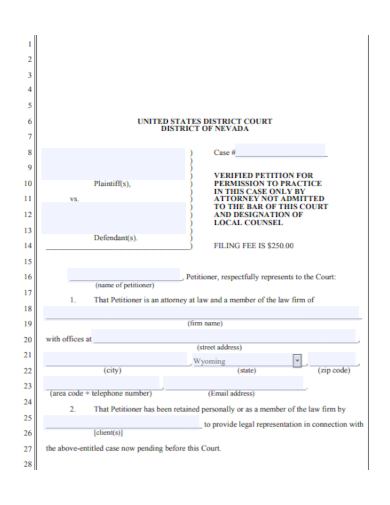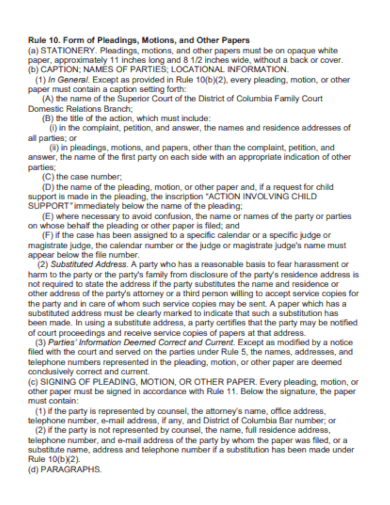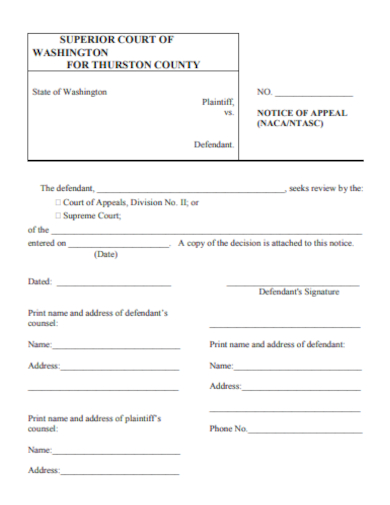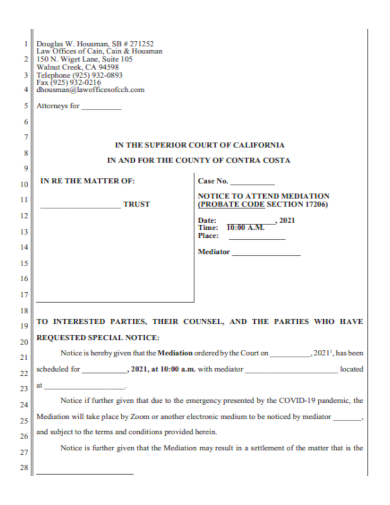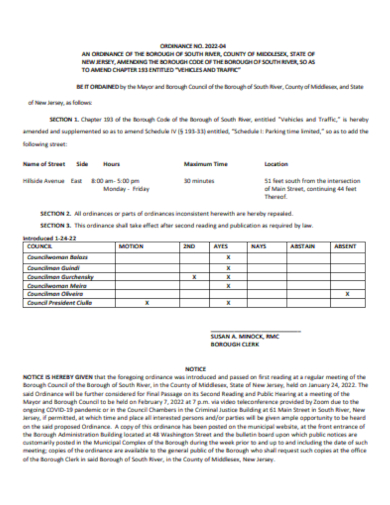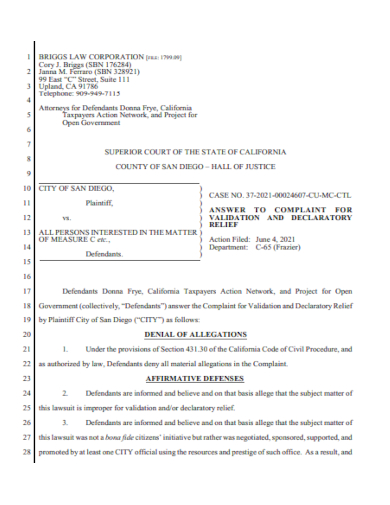The purpose of a pleading paper is to present a party’s legal arguments and evidence to a court as part of a legal proceeding. Pleading papers are used to set out the facts of a case analysis, as well as the legal basis for a party’s position. They are an important part of the legal process, as they help the court to understand the parties’ positions and make a fair and informed decision in the case.
10+ Pleading Paper Samples
1. Superior Court Pleading Paper
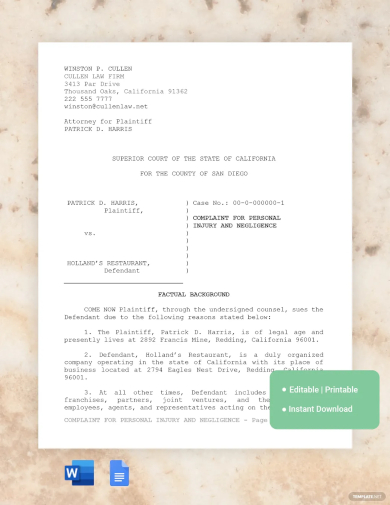
2. Pleading Paper Template

3. Red Ruled Pleading Paper
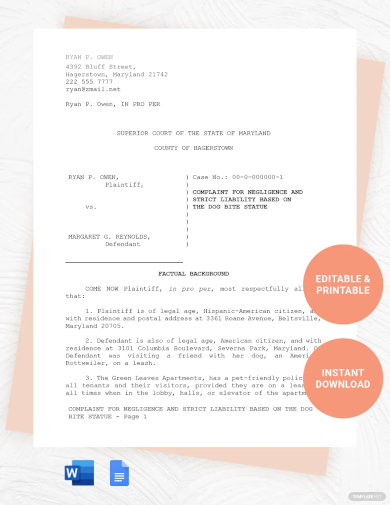
4. Petition Pleading Paper
5. Sample Pleading Paper
6. Law Library Pleading Paper
7. Rule Form of Pleading Paper
8. Notice of Appeal Pleading Paper
9. Mediation Pleading Paper
10. Legal Pleading Paper
11. Blank Pleading Paper
What Is a Pleading Paper?
A pleading paper is a legal document that is filed with a court as part of a legal proceeding. It is used to set out the legal arguments and evidence in support of a party’s position in a case. Pleading papers can take many different forms, depending on the type of case and the specific legal rules that apply. Some common types of pleading papers includes complaint investigations, answers, motion, and declarations.
How To Make a Pleading Paper?
There are many different types of pleading papers, including complaints, answers, motions, briefs, and declarations. Each type of pleading serves a specific purpose and is used at different stages of a legal proceeding. For example, a complaint is a pleading that initiates a civilian complaint lawsuit and sets out the plaintiff’s allegations against the defendant. So, to get started with your blank pleading paper, you can read the steps below to learn.
Step 1- Identify the Legal Issue
Determine the legal issue that you need to address in your pleading paper. This will help you to focus your arguments and gather the necessary evidence. Look up relevant laws and case law to support your position. Make sure to carefully review the rules of procedure for your jurisdiction, as they may have specific requirements for pleadings.
Step 2- Gather Evidence
Collect any relevant evidence that supports your position. This could include documents, witness statements, expert testimony, or other types of evidence. Organize your thoughts and write an outline for your pleading paper. This will help you to structure your arguments and ensure that your pleading is clear and concise.
Step 3- Write the Pleading
Follow the format and guidelines for pleadings in your jurisdiction. This will typically include a caption that identifies the parties and the court, as well as a statement of the facts and a discussion of the legal issues. Ensure to include citations to relevant laws or case law to support your arguments.
Step 4- Edit and Revise
Carefully proofread and revise your pleading to ensure it is clear, concise, and well-written. Correct any errors or typos, and consider having someone else review your pleading for any additional feedback.
What are the different types of pleading papers?
There are several different types of pleading papers, including complaints, answers, motions, briefs, and declarations. Each type serves a specific purpose and is used at different stages of a legal proceeding.
How do I prepare a pleading paper?
To prepare a pleading paper, you will need to identify the legal issue at stake, research the law, gather evidence, outline your argument, and write the pleading. It is important to follow the format and guidelines for pleadings in your jurisdiction, and to carefully proofread and revise your pleading to ensure that it is clear, concise, and well-written.
Can I represent myself in court and file my own pleading papers?
While it is possible for an individual to represent themselves in court and file their own pleading papers, it is generally advisable to seek the assistance of a lawyer or legal professional. The legal process can be complex, and it is important to have a thorough understanding of the law and the rules of procedure in order to effectively present your case.
The purpose of a pleading paper is to present a party’s legal arguments and evidence to a court as part of a legal proceeding. Pleading papers are used to help the court understand the parties’ positions and make a fair and informed decision in the case.
Related Posts
FREE 32 White Papers
FREE 27+ Research Paper Formats
FREE 19+ Sample Printable Graph Paper
FREE 12+ Printable Isometric Graph Paper
FREE 11+ Lined Paper Templates
FREE 8+ Sample Music Staff Paper
FREE 6+ Sample Excel Graph Paper
FREE 6+ Sample Research Paper Outline
FREE 5+ Paper Outline Samples
FREE 41+ Sample Paper
FREE 10+ Sample Reflective Essay
FREE 9+ Sample College Ruled Paper
FREE 7+ Sample Isometric Dot Paper
FREE 7+ Sample Cover Page for Research Paper
FREE 6+ Sample Half Inch Graph Paper

